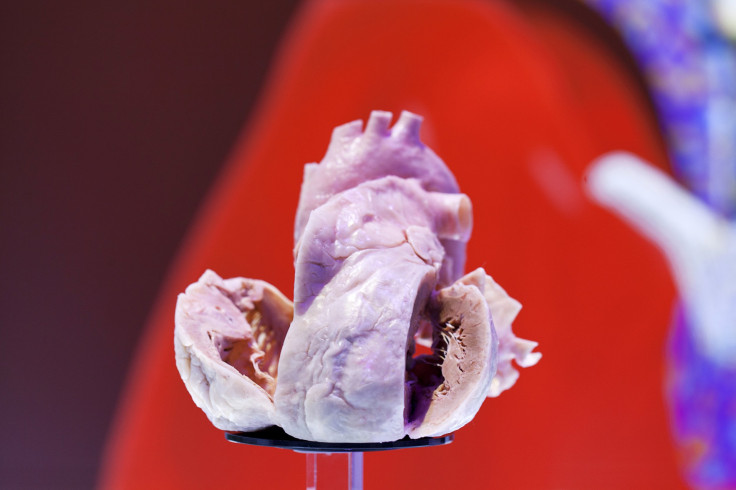Basic Medical Beliefs About Heart Atherosclerosis Wrong: Study

A new study has overturned fundamentally held assumptions about atherosclerotic plaques that can cause deadly heart attacks and strokes, changing medical science’s understanding of why and how arteries harden.
The standing belief in the medical community has been that smooth muscle cells, which help blood vessels contract and dilate, were thought to “wall off” sections of plaque as a defense mechanism against its buildup. However, researchers from the University of Virginia School of Medicine found that a majority of these cells were, in fact, contributing to the buildup of the plaque, instead of fighting it. The results of their study were published Monday in the journal Nature.
"We suspected there was a small number of smooth muscle cells we were failing to identify using the typical immunostaining detection methods. It wasn't a small number. It was eighty-two percent," Gary K. Owens, of the University of Virginia Robert M. Berne Cardiovascular Research Center, said in a press release. “Eighty-two percent of the smooth muscle cells within advanced atherosclerotic lesions cannot be identified using the typical methodology since the lesion cells down-regulate smooth muscle cell markers. As such, we have grossly underestimated how many smooth muscle cells are in the lesion."
The team conducted the study by genetically tagging young smooth muscle cells in mice and watching the progress of atherosclerotic plaque over time. As it progressed, they were able to track the cells and their descendants. They found that more cells than previously thought were inside the plaque itself, which only becomes more confusing when the researchers found that some of the smooth muscle cells were being misidentified as immune cells known as macrophages, and vice versa. The end result, Owens said, is "complete ambiguity as to which cell is which within the lesion."
The team also identified a gene, Klf4, which they say plays a role in smooth muscle cell transitions inside the lesions. When the gene was deactivated, the researchers saw atherosclerotic plaques shrink “dramatically.”
Atherosclerosis-related conditions caused almost 812,000 deaths in the U.S. in 2008, and the condition is expected to be the leading cause of death worldwide by 2020.
"If this occurs in one of your large coronary arteries, it's a catastrophic event," Owens said. "As such, understanding what controls the stability of plaques is extremely important."
© Copyright IBTimes 2025. All rights reserved.





















